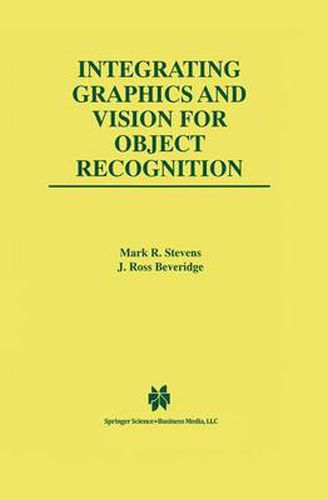This title is printed to order. This book may have been self-published. If so, we cannot guarantee the quality of the content. In the main most books will have gone through the editing process however some may not. We therefore suggest that you be aware of this before ordering this book. If in doubt check either the author or publisher’s details as we are unable to accept any returns unless they are faulty. Please contact us if you have any questions.
This work is a reference for electrical engineers and computer scientists researching computer vision or computer graphics. Computer graphics and computer vision can be viewed as different sides of the same coin. In graphics, algorithms are given knowledge about the world in the form of models, cameras, lighting, etc., and infer (or render) an image of a scene. In vision, the process is the exact opposite: algorithms are presented with an image, and infer (or interpret) the configuration of the world. This work focuses on using computer graphics to interpret camera images: using interactive rendering to predict what should be visible by the camera and then testing and refining that hypothesis. Features of the book include: illustrations to supplement the text; a novel approach to the integration of graphics and vision; genetic algorithms for vision; innovations in closed loop object recognition. Integrating Graphics and Vision for Object Recognition should be of interest to research scientists and practitioners working in fields related to the topic. It may also be used as an advanced-level graduate text.





